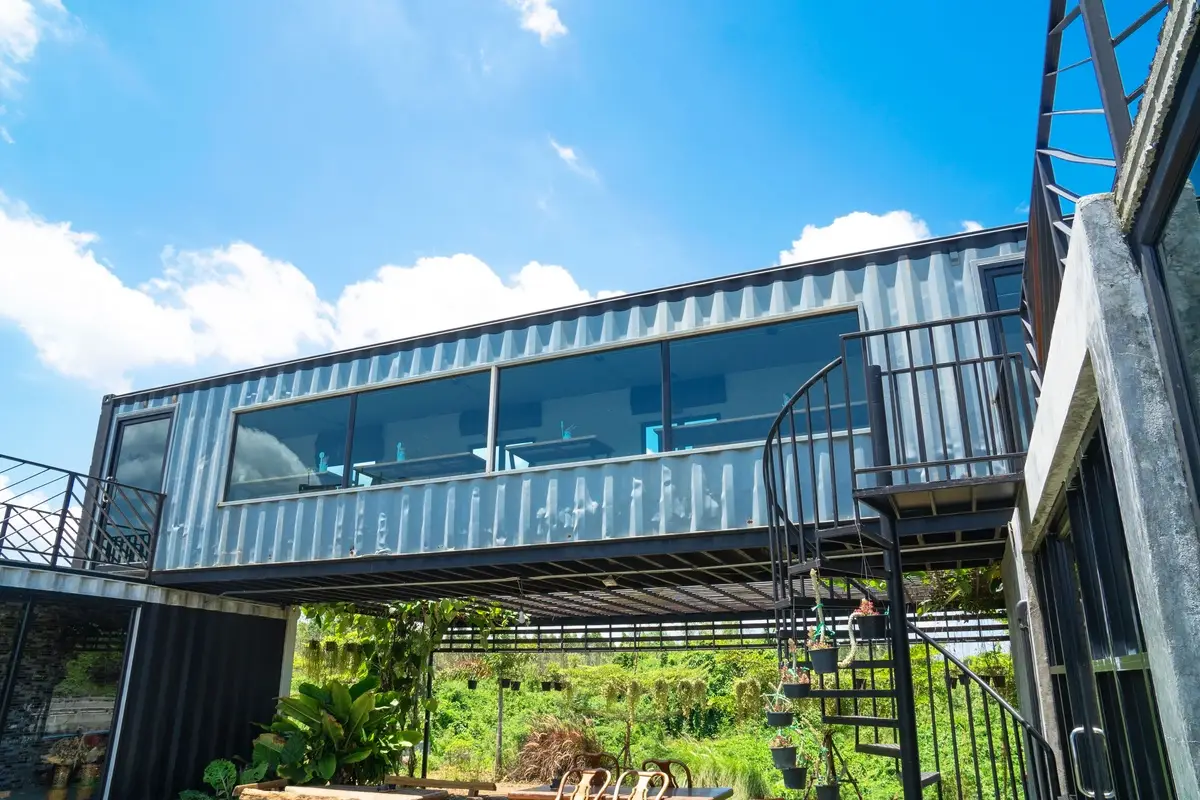The housing crisis is pushing imagination to the limit—and shipping containers are emerging as a surprisingly serious contender. Far from just being industrial leftovers, containers offer a mix of sustainability, speed and flexibility that conventional homes struggle to match.
Repurposing What’s Already There
At the heart of the container-home appeal is reuse. Instead of slicing down forests or making tons of concrete, developers convert retired sea containers into homes. These steel boxes are built tough from the start, so converting them often requires less structural work, meaning fewer resources wasted.
By transforming containers already in circulation, you bypass much of the embodied carbon and material waste tied to new builds. In short: fewer trees cut, less concrete poured, and fewer transport miles for raw materials.
Affordability & Speed
One of the biggest draws is cost and time. Building a container home, in many cases, can cost significantly less than conventional construction—labour and materials are reduced, and many components are modular and prefabricated. That also means faster delivery: in many cases, a living unit can be ready in weeks rather than months.
That speed is particularly crucial now—material shortages, global supply chain hiccups, and labour costs are squeezing traditional housing more than ever. Containers offer a clever workaround.
Customisable, Modern & Efficient
Don’t assume these homes are ugly box stacks. With good design, they can be as sleek or as cosy as you like:
- Insulation & energy systems: Wall inserts, high-efficiency windows, and solar panels can help containers compete with standard home energy performance.
- Forced airflow, passive design: Angled shading, cross-ventilation, and clever orientation mitigate heat gain and reduce cooling needs.
- Modular flexibility: Want a studio? Stack two? Create a multi-unit complex? Containers allow modular growth—you can expand (or reduce) piece by piece.
All that while still staying carbon-conscious.
Mobility & Site Flexibility
Containers shine when mobility and location are key. Because they’re modular, you can design homes for:
- Temporary or mobile housing, perhaps on leased land parcels.
- Off-grid living, with solar + storage and minimal infrastructure reliance.
- Accessory dwelling units (ADUs) or extra units in tighter spaces (e.g. back gardens) that conform to local planning if allowed.
That adaptability makes container homes appealing across urban, rural, and fringe settings.
Real Challenges (Because there are some)
This isn’t all sunshine and steel. There are real hurdles:
- Thermal performance: Steel gets hot and cold fast. Without good insulation and ventilation, containers can be uncomfortable or energy hungry.
- Permitting & regulation: Many jurisdictions don’t have clear building codes for containers, making approvals a headache.
- Corrosion & longevity: Near oceans or in damp climates, steel needs extra protection or maintenance.
- Transportation & site prep: Foundations, site access, utility hookups—containers don’t eliminate those costs.









